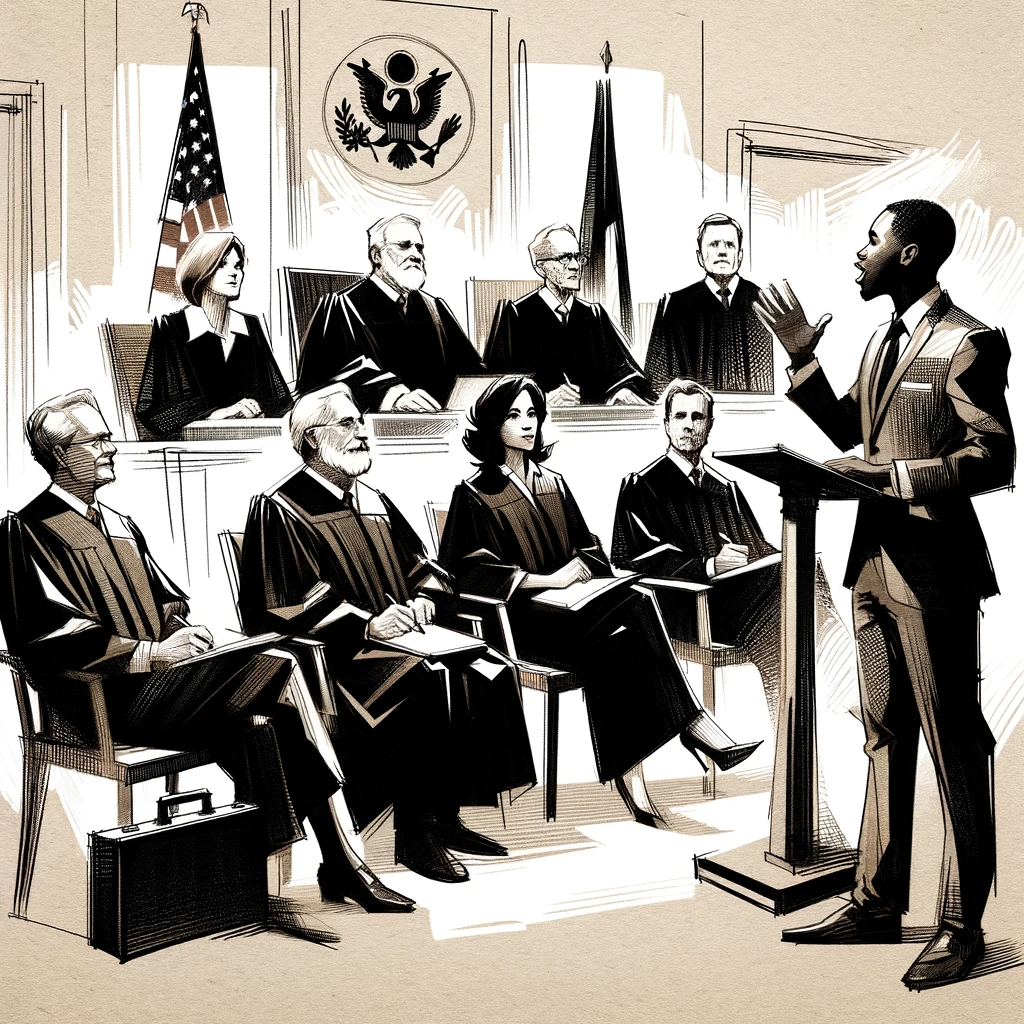Case Digest: Andy Warhol Foundation For the Visual Arts Inc. v. Goldsmith ET AL.

The Supreme Court case of Andy Warhol Foundation for the Visual Arts Inc. v. Goldsmith revolved around the key doctrine of fair use in copyright law. The critical issue was whether the Andy Warhol Foundation's commercial use of Lynn Goldsmith's photograph in a derivative work was protected under the fair use doctrine.
Introduction:
This high-profile copyright case juxtaposes two notable artists, Andy Warhol and Lynn Goldsmith, and delves into the complexities of copyright law, particularly the doctrine of fair use. It highlights the tension between artistic transformation and the rights of the original work's copyright holder.
Facts of the Case:
In 1981, Lynn Goldsmith, a photographer, took a portrait of the musician Prince. Vanity Fair later used this photo as a reference for an illustration by Andy Warhol. Warhol created a series of works (the Prince Series) based on this photo. In 2016, the Andy Warhol Foundation (AWF) licensed one of these works, "Orange Prince," to Condé Nast for $10,000 to use in a magazine commemorating Prince. Goldsmith, unaware of the Prince Series until then, claimed copyright infringement. AWF filed for a declaratory judgment of noninfringement and fair use.
Issue of the Case:
The primary legal issue was whether AWF's use of Goldsmith's photograph in the "Orange Prince" artwork, particularly its commercial licensing to Condé Nast, constituted fair use under 17 U.S.C. §107.
Ruling of the Case:
The District Court initially ruled in favor of AWF, finding the use transformative. However, the Court of Appeals reversed this decision, holding that all four fair use factors favored Goldsmith. The Supreme Court affirmed the Appeals Court's decision, emphasizing that despite the transformative nature of Warhol's work, the commercial aspect and similar use of the photograph in the "Orange Prince" led to a ruling against fair use.
Impact on the Legal System:
This decision underscores the intricate balance in copyright law between protecting the rights of original work creators and allowing for creative transformations. It clarifies the limits of transformative use, especially in commercial contexts, and highlights the necessity of considering the specific use of copyrighted material when assessing fair use claims.
Conclusion:
The Andy Warhol Foundation v. Goldsmith case is significant for its exploration of the boundaries of fair use in copyright law, particularly in the context of derivative works and commercial use. It serves as a pivotal precedent in understanding how transformative use is assessed, especially when the original work and the secondary use share similar purposes.

